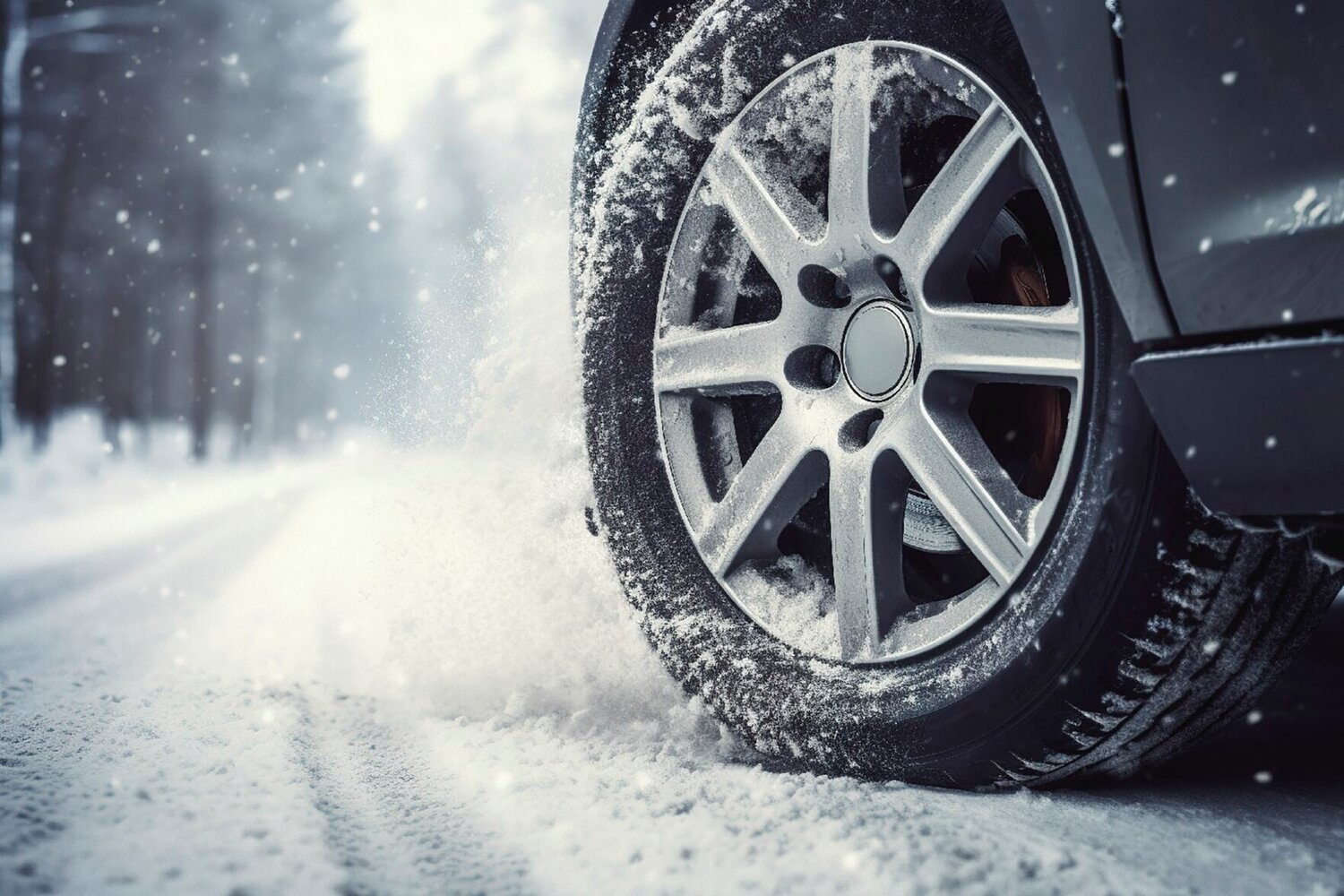State Emergency Management Agency
JEFFERSON CITY — Despite mild temperatures this week, winter — and the snow, sleet and ice that comes with it — is just around the corner. To help Missourians prepare and stay safe during the winter months, the State Emergency Management Agency (SEMA) and the National Weather Service (NWS) are teaming up to promote Missouri Winter Weather Preparedness Week November 4-8.
“As cold weather approaches, we encourage all Missourians to take the time to plan ahead and prioritize safety,” said Jim Remillard, SEMA Director. “Being prepared is always the best way to protect yourself and your family. Make sure you have emergency kits ready, understand the risks of prolonged exposure to the cold and review extra steps you can take to stay safe at home and on the road.
SEMA and NWS forecast offices serving Missouri will be sharing winter weather safety messages via social media throughout the week. Each day will focus on a different topic:
Monday, November 4 – Winter weather terminology
Tuesday, November 5 – Ice Safety
Wednesday, November 6 – Snow safety
Thursday, November 7 – Extreme cold, hypothermia and frostbite
Friday, November 8 – Plan for snow, ice and cold
Often, little attention is paid to the danger posed by prolonged exposure to the cold. According to the Department of Health and Senior Services, 37 people in Missouri died as a result of hypothermia due to prolonged exposure to cold weather in 2023.
You can protect against frostbite and hypothermia by wearing warm, loose clothing in several layers. Avoid alcohol, limit time spent outside in extremely cold temperatures and stay indoors if possible. You can find more information about hypothermia and the locations of nearby warming centers on the DHSS website at health.mo.gov/living/healthcondiseases/hypothermia/.
Road safety is also a concern during the winter months. According to preliminary findings provided by the Missouri State Highway Patrol, there were more than 3,800 vehicle crashes in Missouri in 2023 during periods of snow, sleet, hail or ice, resulting in 1,198 injuries and 22 deaths.
Even if you are not directly involved in a crash, an accident that blocks the road could leave other drivers stranded for hours. Avoiding unnecessary travel during winter storms is one of the best ways to reduce the chance of becoming stranded or involved in a crash. It also allows snow removal crews to clear roads faster and for first responders to reach incidents more quickly.
Missouri residents should keep the following winter weather preparedness tips in mind:
• Create a family emergency plan and emergency kit. Emergency supplies should include bottled water, canned and dry foods, a battery-operated radio, flashlights, extra batteries, a manual can opener, and a first aid kit. When a power outage is possible, charge cell phones and other devices in advance so you can communicate in the event of a power outage.
• Assemble a winter vehicle emergency kit. Include a blanket, radio/spare batteries, snacks/energy bars, jumper cables, torches, and a shovel/wooden planks to drag the tires.
• Avoid driving when conditions deteriorate. Postpone travel if possible. If driving is absolutely necessary, keep your gas tank more than half full and your cell phone charged. Save emergency numbers for speed dialing. Check road conditions in advance on the Missouri Department of Transportation’s Traveler Map at traveler.modot.org/map/. Allow extra time, anticipate delays, reduce speed, and increase tracking distance. If your car breaks down or slides off the road, stay inside the car and call for help.
Make sure alternative heat and energy sources such as stoves, wood stoves, kerosene heaters and generators are working properly. These sources can be dangerous and must be maintained and operated regularly. Keep the correct fuel for each source in a safe place. Proper ventilation is essential. Properly install carbon monoxide detectors throughout your home. Operate generators only outside.
Remember, space heaters can be deadly when misused. Space heaters account for nearly one-third of home heating fires and 80 percent of home heating fire deaths. Additional heating sources such as these should be turned off when leaving the room or going to bed. Keep anything that can burn at least three feet away from heating equipment.











